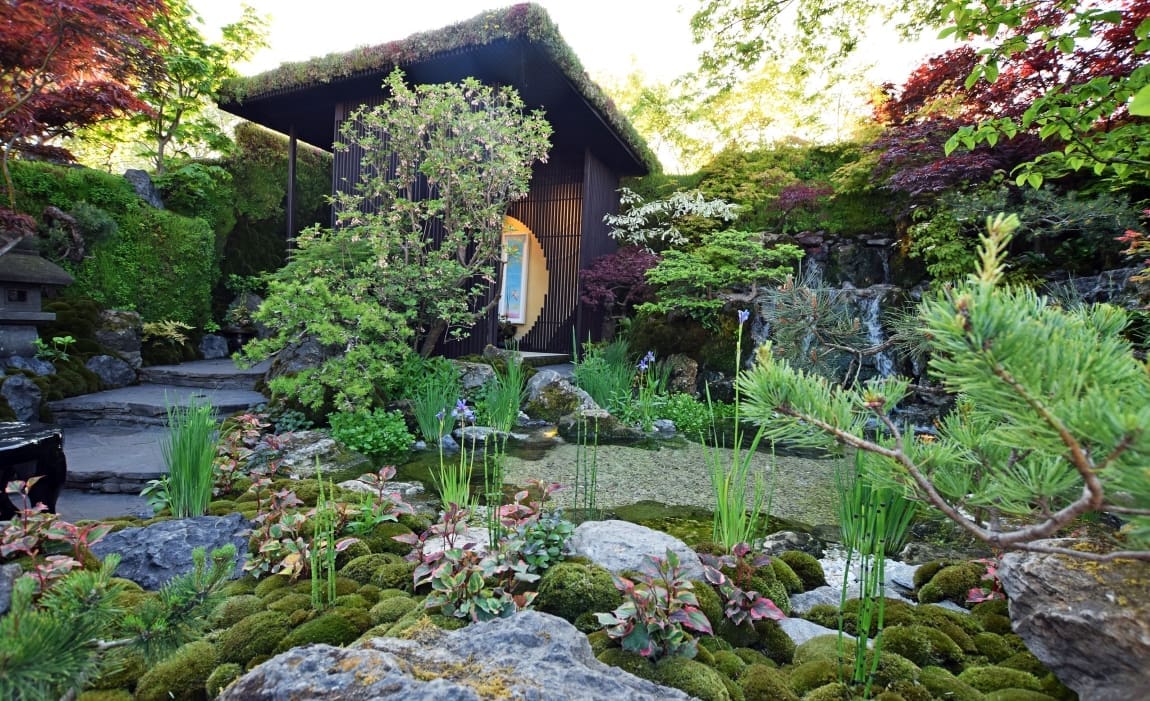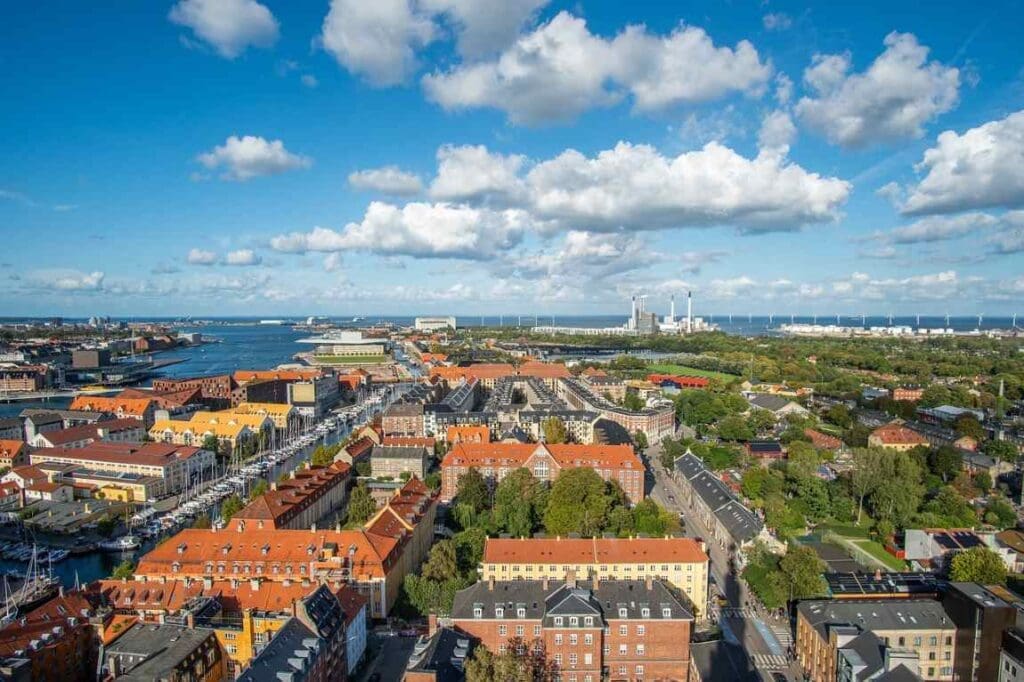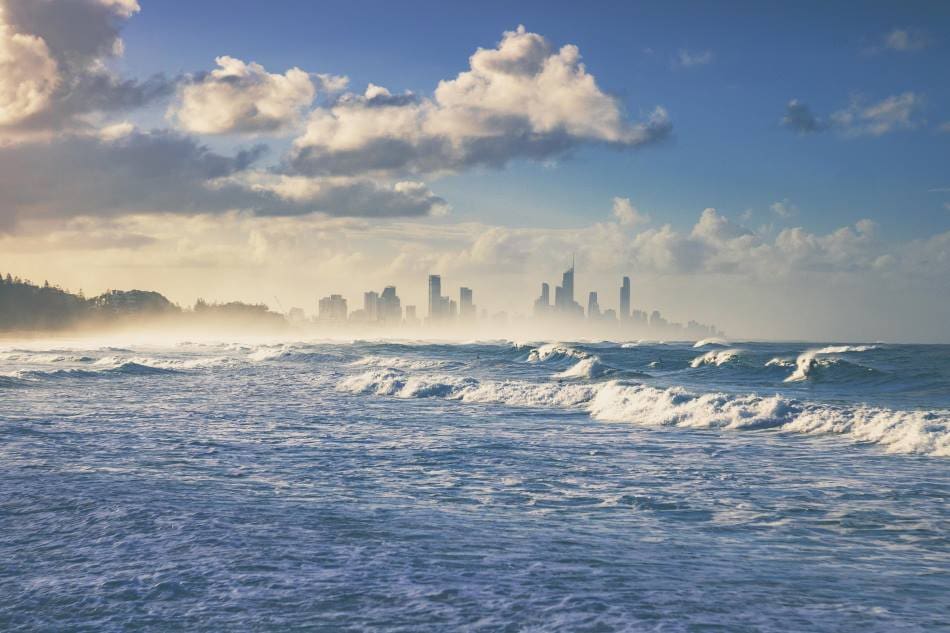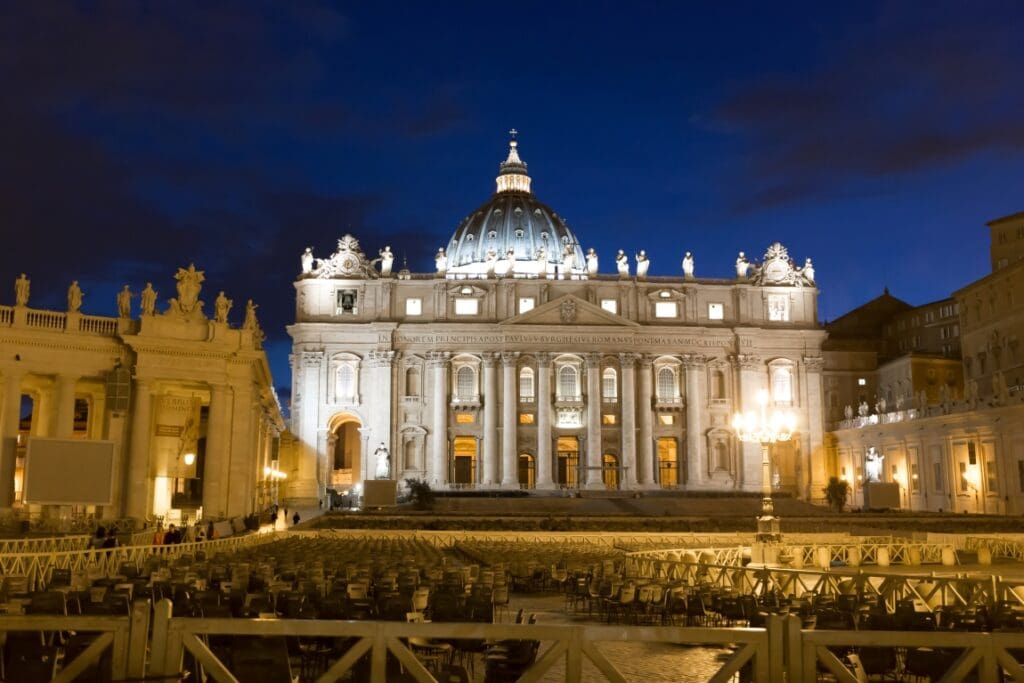By Brigitte DUSSEAU | AFP
London, United Kingdom – Early springs, droughts and floods are influencing this year’s Chelsea Flower Show, which is keener than ever to reflect the changing climate and cut its own carbon footprint.
The annual exhibition of horticultural excellence and innovation opens to the public in west London on Tuesday, with more than 150,000 visitors expected.
King Charles III, a lifelong environmentalist who once admitted talking to his plants, got a sneak peek on Monday, in a behind-closed-doors visit with wife Queen Camilla.
The 75-year-old monarch, who is being treated for cancer, visited a garden created by and for children — a first in the show’s 111-year history.
The Chelsea Flower Show, organised by the Royal Horticultural Society, has in recent years become increasingly focused on sustainable development and biodiversity.
This year, the biggest gardens have had to submit their plans in advance, so they could be scrutinised for issues such as water usage, waste and materials.
Adaptations made as a result have led to a 20-percent reduction in their carbon footprint, according to the RHS.
Since last year, all exhibited gardens must be able to be transferred in whole or in part to decorate schools, hospitals or other public spaces throughout the country.
Water use
Among the 35 gardens competing in four categories this year is one focusing on water harvesting to combat drought.
An elegantly curved sloping roof pavilion harvests water and redirects it to be stored, while the plants were selected for their resilience to either drought or flooding.
The Water Aid Garden “is like a giant sponge”, its designer Tom Massey told AFP.
“All the water is drawn up, it’s utilised, all the hard landscaping is open and permeable as well to allow water to pass through and soak into the garden.”
Another garden was designed to play an active role against flooding, adaptable to different water levels, with a channel and drainage system, as well as reservoirs to act as water basins.
“A garden more climate- and flood-resilient does not have to be a compromise on either its form or function,” said its designer Naomi Slade.
Co-designer Ed Barsley said that increases in extreme weather events such as heavy rain, flooding, drought and wildfire left many people anxious.
“As individuals they can feel powerless to make a difference. But gardens are hugely powerful tools,” he added.
Experiment
One of the gardens on display this year uses only recycled materials from previous editions of the Chelsea Flower Show.
A mild winter and an early spring, followed by a cold snap, has forced some gardens to review their plans.
Designer Anne-Marie Powell said she had given up on local hawthorns as they were already wilted, and certain types of irises.
“Climate change is proving a huge challenge for us,” she told AFP. But she added: “There is a massive opportunity to rethink and experiment.”
The result is plants that are not normally a feature at the Chelsea Flower Show.
“People really need to adapt, they need to experiment,” she added.
bd/phz/har/rox
© Agence France-Presse
Featured image: RHS Chelsea Flower Show 2023 Credit: Mark | Flickr | CC BY 2.0




